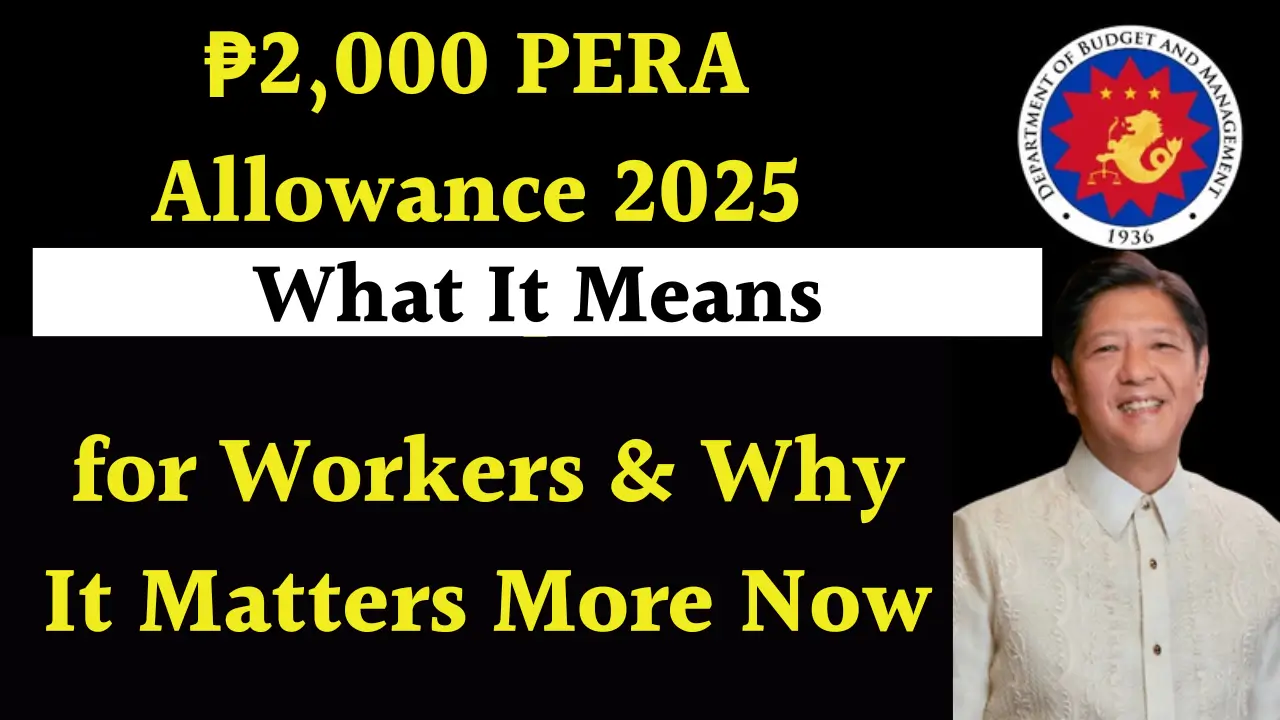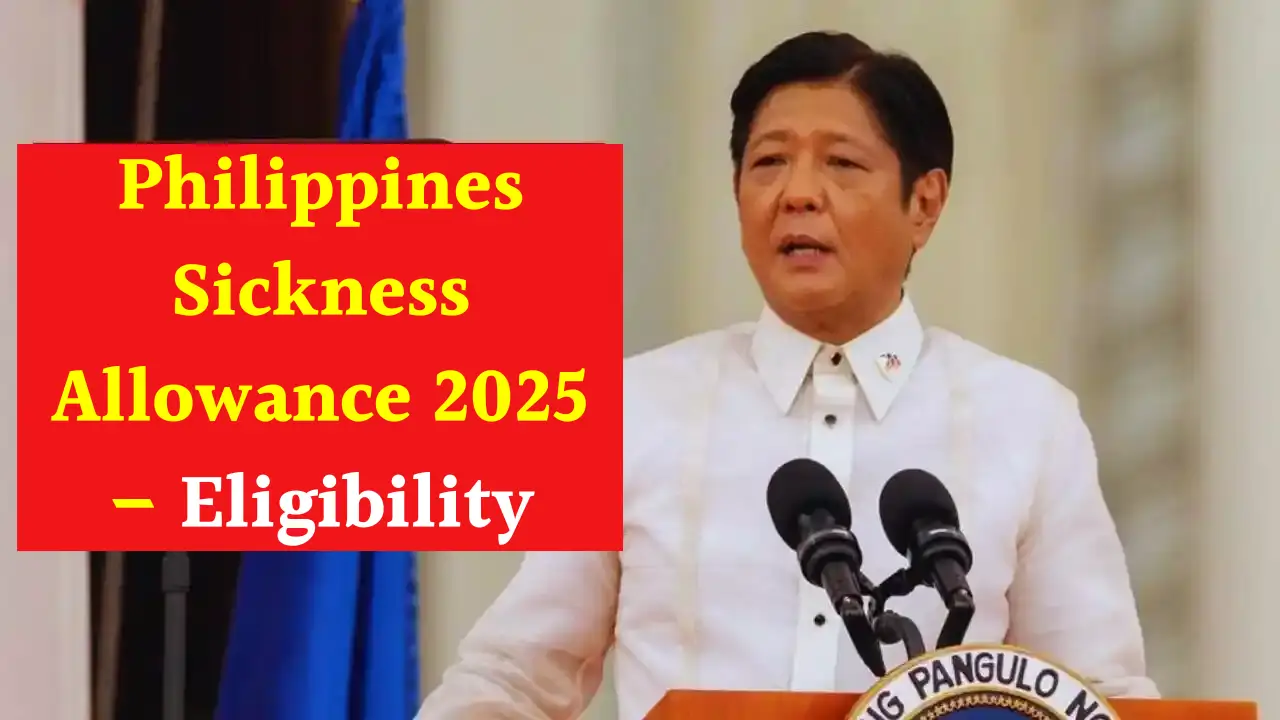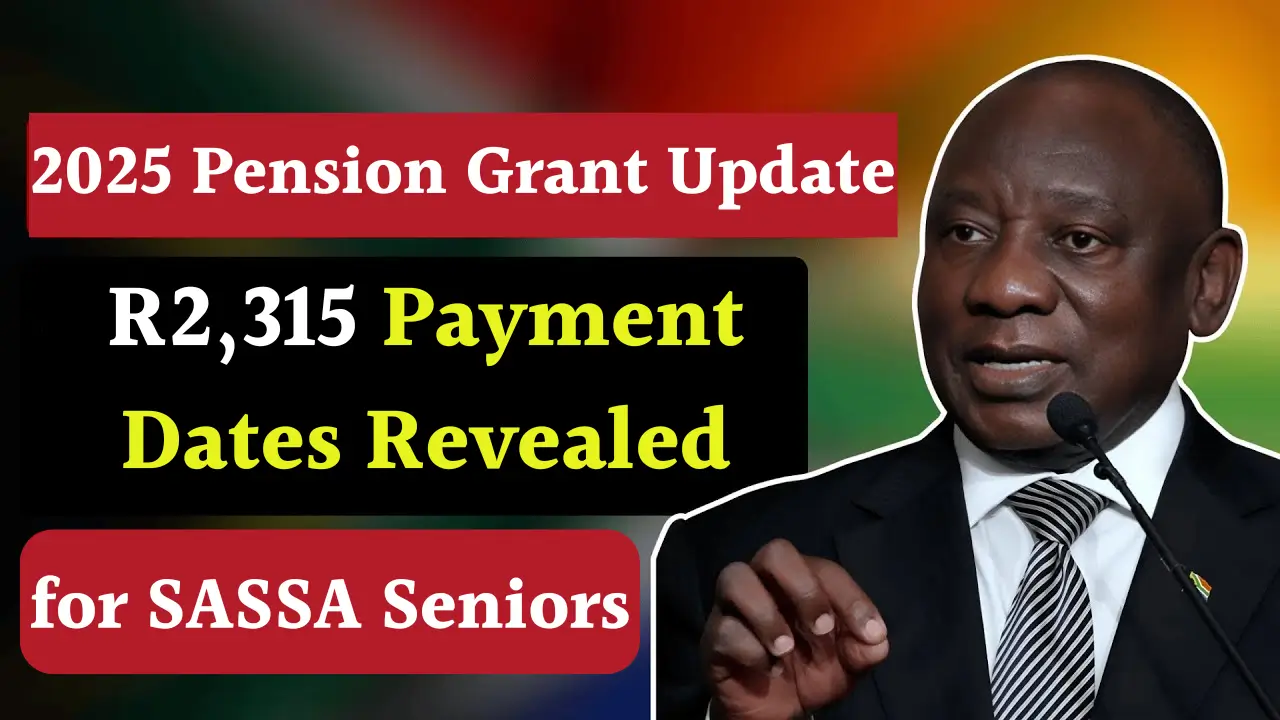The ₱2,000 PERA allowance has been one of the most widely discussed benefits provided to government and private employees in the Philippines in recent years. As of 2025, the Personal Economic Relief Allowance (PERA) remains an important part of Filipino workers’ supplementary income, designed to support daily living expenses, especially amid inflation and rising costs of goods and services.
This article explains the history, purpose, current relevance, and possible future of the ₱2,000 PERA allowance while analysing its impact within the context of the Philippine economy.
What is the ₱2,000 PERA Allowance?
The Personal Economic Relief Allowance (PERA) is a fixed monthly allowance granted to eligible employees, often considered a form of cost-of-living aid. Initially, the PERA started at ₱500 for government workers decades ago. However, over time, adjustments were made by the Philippine government and employers to ensure that the allowance kept pace with rising prices.
In recent policies, the PERA has been set at ₱2,000 monthly for government workers, and in some cases, private institutions with collective bargaining agreements also provide similar amounts. This allowance, though modest in absolute terms, plays a significant role in supplementing employees’ disposable income.
Historical Evolution of the PERA Benefit
The introduction of PERA was intended as a form of financial relief in response to inflation and cost-of-living increases during the 1970s and 1980s. Over several decades, it has undergone gradual changes:
- 1970s–1980s: Initial versions of PERA provided minimal allowances, often below ₱500.
- 1990s: The allowance saw incremental increases to respond to critical inflationary periods.
- 2009: Broader implementation expanded across multiple sectors of government employment.
- 2016 onwards: Several calls from employee associations urged the allowance to be raised to ₱2,000 to address the increasing cost-of-living gap.
- 2025: The ₱2,000 amount continues to be implemented, though proposals for future increments are actively debated.
Value of ₱2,000 PERA in 2025
With inflation and rising consumer costs, the real value of the ₱2,000 PERA allowance must be carefully assessed. Although it provides meaningful relief, it is clear that ₱2,000 in 2025 does not stretch as far as it once did.
Table: Purchasing Power of ₱2,000 PERA in Key Expenditures (Average, 2025)
| Expense Category | Average Monthly Cost (₱) | Portion Covered by PERA (₱2,000) | Coverage % |
|---|---|---|---|
| Basic Rice & Food Items | ₱9,000 | ₱2,000 | 22% |
| Utility Bills (Water, Electricity, Internet) | ₱5,500 | ₱2,000 | 36% |
| Transportation (Commuting/Jeepney/Tricycle/Bus fares) | ₱3,000 | ₱2,000 | 67% |
| Education Expenses (per student, monthly) | ₱6,500 | ₱2,000 | 31% |
| Healthcare & Medicine | ₱4,500 | ₱2,000 | 44% |
This table shows that while the allowance significantly helps with transport and utility bills, it is insufficient to cover the full scope of household necessities.
Challenges in Maintaining the Real Value
The main challenge with the ₱2,000 PERA allowance has been its stagnant value relative to inflation. While employees consistently benefit from its presence, many argue that the allowance should either:
- Be indexed to inflation so it automatically increases as prices rise.
- Be restructured to reflect regional living cost differences across Luzon, Visayas, and Mindanao.
Employees note that even with the ₱2,000 aid, the increasing cost of housing, transport, and healthcare in urban centres makes it more symbolic relief rather than a substantial solution.
Government Position and Future Discussions
The Philippine government has, on several occasions, recognized the need to reassess the amount. In 2025, employee unions, teachers’ federations, and government worker associations continue to lobby for adjustment. Proposals include raising the PERA from ₱2,000 to at least ₱4,000–₱5,000, citing inflation data and family living wage benchmarks from relevant labour statistics.
Legislative debates also suggest that future funding for PERA and similar allowances may be tied to broader wage reform programs. However, constraints in national budgets pose significant hurdles.
Comparative Analysis with Other Allowances
The ₱2,000 PERA allowance is not the only form of supplementary compensation. Other similar benefits exist, such as:
| Allowance Type | Usual Monthly Value (₱) | Coverage/Eligibility |
|---|---|---|
| PERA Allowance | ₱2,000 | Government employees and institutions with agreements |
| Subsistence Allowance | ₱1,500–₱3,000 | Uniformed personnel, especially in military or police services |
| Transportation Allowance | ₱800–₱1,500 | Select agencies, transportation-heavy roles |
| Representation Allowance | Varies widely | Executives, managerial staff, and special functions |
When placed in context, the PERA allowance plays a modest yet reliable role. Unlike other allowances dependent on position, PERA provides a fixed and equal amount, giving it a universal relevance across employees of various ranks.
PERA Allowance and Economic Impact
The ₱2,000 PERA, when multiplied across the millions of employees who receive it, generates significant consumer demand in local economies. For example:
- With 1.5 million government employees receiving ₱2,000, the monthly disbursement amounts to ₱3 billion.
- This cash infusion, often spent immediately on local markets and services, fuels micro-businesses and regional commerce.
Thus, while small per individual, the collective impact boosts consumption and strengthens the economic cycle.
The Future of the ₱2,000 PERA Allowance
Looking ahead, the allowance is likely to evolve given both pressures from inflation and legislative advocacy. Analysts suggest three scenarios for its future:
- Status Quo: Retaining the ₱2,000 fixed amount, though its real value further declines over time.
- Incremental Increase: Raising the allowance gradually over 3–5 years, mirroring inflation adjustments.
- Reformative Approach: Indexing PERA permanently to inflation or minimum wage adjustments, ensuring its long-term relevance.
As 2025 continues, much depends on the direction taken by Congress and the Department of Budget and Management (DBM). Employee groups remain optimistic but call for urgency in revising the allowance.
FAQs on ₱2,000 PERA Allowance
Q1. What does the ₱2,000 PERA allowance cover?
It is primarily meant as cost-of-living relief and can be used for everyday expenses such as transport, food, or utilities.
Q2. Who is eligible to receive the allowance?
Mostly government workers, though some private institutions include similar amounts under collective bargaining agreements.
Q3. Will the PERA allowance increase in 2025?
As of now, it remains ₱2,000, but discussions and proposals are ongoing in Congress and employee unions.
Q4. Is the ₱2,000 PERA allowance taxable?
Allowances like PERA are generally non-taxable within defined limits, subject to Bureau of Internal Revenue (BIR) rules.
Q5. How significant is ₱2,000 for daily expenses in 2025?
It provides partial relief but is insufficient to cover all basic needs, especially in urban areas with higher living costs.
Conclusion
The ₱2,000 PERA allowance remains a valuable support mechanism for Filipino workers in 2025, offering daily relief amidst ongoing financial pressures. While not sufficient to fully offset inflation, it demonstrates the government’s recognition of cost-of-living challenges. Its future will depend on whether legislative reforms embrace a long-term approach, ensuring that the allowance remains relevant and beneficial in the decades ahead.












